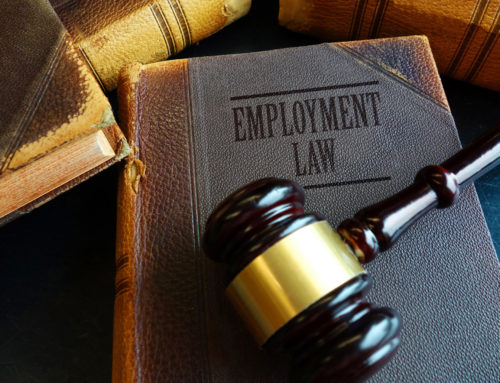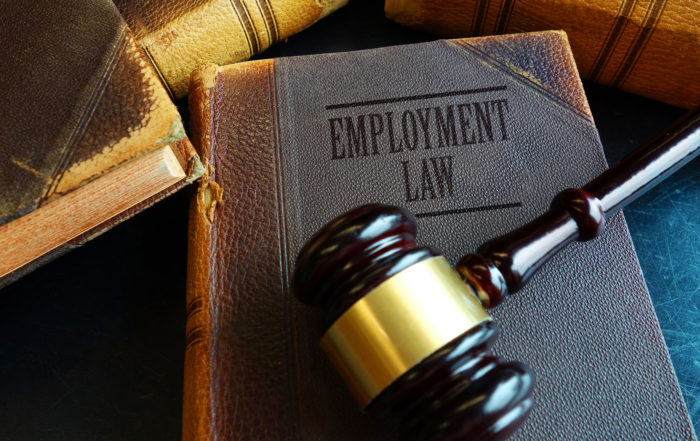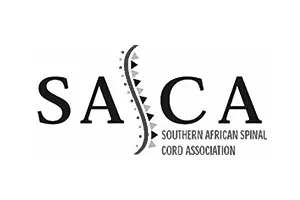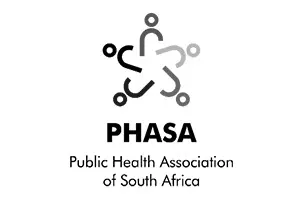
Temporary Employer / Employee Relief Scheme update
A scheme was put in place on 15 March 2020 pursuant to the declaration of a National Disaster by the President.
The scheme has been put in place to assist both employers and employees through the extra-ordinary lockdown period which we are all experiencing.
In terms of the Scheme payment is to be made in three defined instances:
- When a company closes for a short period as a precautionary measure;
- Where an employee, in any sector loses his or her income as a result of reduced working time and is still employed; and
- When an employee is self-quarantined for 14 days or, in special circumstances, for more than 14 days.
Development
Since the scheme’s announcement there has been confusion as to when the scheme will pay out or how applications are to be made. We have previously reported on this from our own experience, having filed numerous applications on behalf of our clients.
Most recently commentators have stated that payments will not be made, that the UIF process is run inefficiently and that the Minister himself had indicated that the state does not have the capacity to make such payments.
The facts
To date, approximately 40 000 applications have been made. According to the Department of Labour, there have been numerous duplications. There was also significant uncertainty as to how the applications were to be made. In other words, were the applications to be made by email or subsequently, as instructed, by the Department of Labour, through a portal which it had created? In addition, the information was to be provided in a specific form to the Department of Labour so that it could manage and process these applications. This was a further development.
As it stands, applications are to be submitted through the portal provided. The manner in which the information is prepared for consideration is also now fairly clear. In addition, we can report that payments are now being made within 5 to 10 days of lodgement and acceptance of the applications. The process, although having some hiccups in the beginning, appears to run smoothly. As the Minister had indicated the department could not have been prepared for such a pandemic which, in turn, resulted in chaos within the labour and employment markets.
In addition, it now seems that a distinction is to be made between employers who employ more than 10 employees and those who employ less than 10 employees. In respect of those employers who employ more than 10 employees, a memorandum of agreement which is a standard document pre-signed by the registrar of the Department of Labour must be counter-signed and returned. The memorandum simply sets out the obligations on the employer to ensure that payments are received by the employees. This is reasonable.
There was also some confusion as to whether the memorandum of association constituted a loan agreement such that any payments made in terms of the TERS scheme to the employees via the employers were to be repaid by the employer at a later date. That is not the case. The fund is a relief scheme to assist both employers and employees.
The current position on objections to the con/arb process
Con/arb process - The Commission for Conciliation, Mediation[...]
Out of time? Think again – The CCMA and its rules
By Lara Keil (Candidate Legal Practitioner) under the[...]
RAF’s lodgement requirements: Claimants further prejudiced
By Lara Keil (Candidate Legal Practitioner) under[...]

















